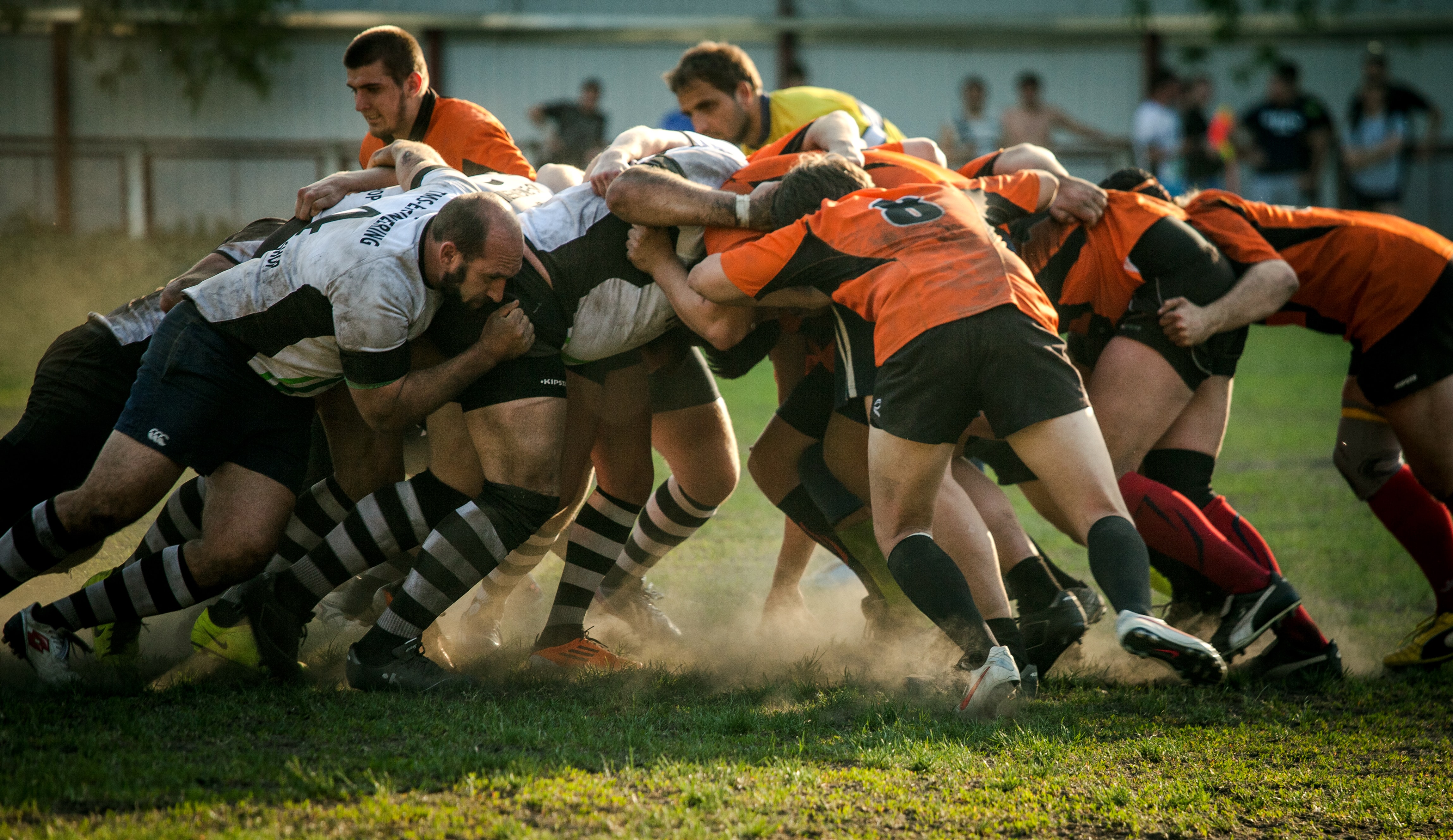Media release
From:
CONCUSSION GUIDELINES: BRAIN BANK STUDY SUGGESTS REVIEW IS NEEDED
EMBARGOED UNTIL 12:01am Monday 28 February 2022
CLINICIANS and policymakers should develop measures that further mitigate the risk of sport-related repetitive head injury after data released from the Australian Sports Brain Bank showed over half of donated brains had signs of chronic traumatic encephalopathy (CTE).
In a research letter published today by the Medical Journal of Australia, Associate Professor Michael Buckland, a neuropathologist at the Royal Prince Alfred Hospital and the University of Sydney, and colleagues highlighted findings from the first 3 years of the Australian Sports Brain Bank (ASBB).
“All 21 donors had participated in sports with risks of repetitive head injury, including 17 who had played in football codes,” Buckland and colleagues reported.
“All but one donor exhibited some form of neurodegeneration, and 13 had two or more neurodegenerative pathologies. The most frequent neuropathology was CTE: 12 donors had pathognomonic CTE lesions.”
CTE is associated with a range of neuro-psychological problems, ranging from mood and behavioural symptoms to cognitive impairment and dementia.
“CTE was identified in the brains of older former professionals with long playing careers, but also in younger, non-professional sportsmen and in recent professionals who had played under modern concussion guidelines,” Buckland and colleagues found.
“Three donors with CTE were under 35 years of age.
“Six of the 12 donors with CTE and one of nine without CTE had died by suicide, suggesting CTE may be a suicide risk factor. Screening for CTE in all deaths by suicide is probably impractical, but our finding suggests it should be undertaken if a history of repetitive head injury is known or suspected.”
The authors acknowledged that ascertainment bias was “inevitable” in their study, saying “brain donations to the ASBB were motivated by clinical diagnoses or the concerns of family members”.
Despite that, they concluded:
“Our findings should encourage clinicians and policymakers to develop measures that further mitigate the risk of sport-related repetitive head injury.”
All MJA media releases are open access and can be found at: https://www.mja.com.au/journal/media
Please remember to credit The MJA.
The Medical Journal of Australia is a publication of the Australian Medical Association.



 Australia; NSW; VIC
Australia; NSW; VIC



